How is Artificial Intelligence Changing the Water Industry?
The water industry plays a critical role in the daily life of most population centers on the planet. People need clean water for health and hygiene, and the agricultural and manufacturing sectors require it to keep food and products on shelves.
Unfortunately, several water industry trends are troubling. Climate change has intensified water shortages, requiring innovative conservation plans. The industry also recognizes that water distribution and treatment are energy-hungry processes that add carbon emissions to the environment.
At the same time, almost a quarter of the world deals with regular water contamination issues. Water management systems are turning to solutions emerging from artificially intelligent technologies to combat these concerns.
What Is Artificial Intelligence (AI)?
AI is a term referring to the ability of a computer system to interpret and respond to events without human intervention. Computer scientists build algorithms that allow the system to sift through copious amounts of data, recognize patterns, and make decisions. The growing speed at which computers can interpret data is the power that supports AI solutions across many industries.
The Benefits of AI in Water Management Systems
Water infrastructure is a complicated system that must meet customer demand, engage in asset monitoring, and maintain water safety. Failing in any of these aspects will lead to service disruptions. AI solutions can monitor and improve these functions while also increasing operational efficiency.
AI Forecasting and Emergency Prevention
In a large water distribution system, it can be difficult to recognize problems before they cause a disruption. Water companies are used to reacting to emergencies rather than preventing them. Connections to remote sensors allow an AI system to recognize minor changes in performance that may point to a developing problem. For example, small changes in water flow and pressure may indicate a pipe leaking or cracking. This knowledge allows crews to perform planned repairs rather than deal with emergency shutdowns.
Smartwater Systems and Water Conservation
Inefficient water usage wastes billions of gallons every year. Aging infrastructure is a significant culprit, leading to leaking pipes and broken water mains. Poor estimates of consumer demand are another problem. Individuals and businesses expect an endless supply of clean water every time they open a tap. To meet this expectation, water companies often must overestimate the local need.
An artificially intelligent solution can analyze historical data to create a realistic demand prediction. This knowledge will be helpful in areas that struggle with water shortages. They can take a more informed approach to water conservation, determining appropriate schedules for water restrictions and better water supply estimates.
Improving the Energy Efficiency of Water Management Systems
Water management systems account for about 4% of the world’s energy usage. Efforts to minimize this cost will lower expenses and help the environment. AI solutions are already improving the efficiency of water treatment and distribution facilities.
Pumps are one of the biggest factors in water system energy use. It takes power to move liquid from one location to another, especially if it must work against gravity. Electric pumps are the standard solution to this problem. AI improves the efficiency of pump operation through its ability to monitor data over time. The AI system can automatically decrease pump use during times of low demand.
The asset monitoring and diagnostic capabilities of AI will also benefit the system. Pumps that are working improperly must work harder to maintain flow volume. An AI system will observe the changes in operation and notify repair crews of the need for attention. This strategy will allow pumps to spend more time operating at peak efficiency.
The Future of AI for Water
AI technology continues to improve. Faster processing speeds and more sophisticated algorithms are creating new possibilities for maintaining consistency and increasing efficiency in the water industry.
AI and Water Treatment
In many areas, the standard practices for determining water quality and safety continue to be manual testing with strips and solutions. These practices are time-consuming and only provide a snapshot of water quality, creating coverage gaps when customers may be drinking unsafe water.
New AI technology trains computers to analyze water samples and recognize dangerous contaminants like bacteria. As the number of samples grows, the computer will learn the size and shape of various harmful microorganisms. It will not only signal the contamination, but it will also identify the problem.
The Agricultural Sector and AI for Water
The agricultural sector is responsible for about 80% of annual water consumption in the United States. Farms have been using AI resources to make suggestions about crop placement, develop yield predictions, and manage fertilizer and insecticide use. In the future, water distribution facilities will work with AI farming resources to determine the best strategies for maintaining the local supply while providing enough water for crop growth. AI can help determine the best time and volume for effective irrigation.
Incorporating Artificial Intelligence into Water Management Systems
The need to upgrade water infrastructure is well known. As water distribution and treatment systems improve and replace old equipment, they will also want to consider adding AI into the mix. Although this will involve some upfront costs, it will benefit the system in the long run.
Discovering New Modes of Data Analysis
Engineers are discovering new ways to gather data from water assets. Many water system components are submerged during operation, making it difficult to add sensors. Electronic signature analysis is an innovative tool that measures assets’ voltage data and AC current during operation. Computers can use this electronic signature to determine their state of health. By looking for actionable ways to gather data, water systems will prepare themselves for incorporating AI.
Obtaining Data Through SCADA Technology
System control and data acquisition technology (SCADA) is a standard resource in many industrial and utility facilities. Sensors connected to equipment throughout water treatment and distribution systems provide real-time data about the state of operations. Modern SCADA systems not only gather information but also create files of historical data. This technology is a natural fit to help the water industry benefit from emerging AI resources.
The Transformative Power of Smartwater Systems

The future of AI for water is the future of data collection and analysis. As more data streams become available, AI resources will have a larger pool of information to seek patterns and make predictions. Advanced forecasting and data analysis will allow the system to recognize even smaller deviations in asset operations. They will also become better at predicting the needs of the local water supply by including historical weather data in their algorithms. Artificial intelligence will be a key resource for keeping safe water flowing into the future.
About High Tide Technologies
High Tide Technologies is an end-to-end cloud-based SCADA company that enables our users to create a complete SCADA solution that utilizes field units, satellite, cellular or Ethernet communications, and the Internet to monitor and provide automatic control of your systems.



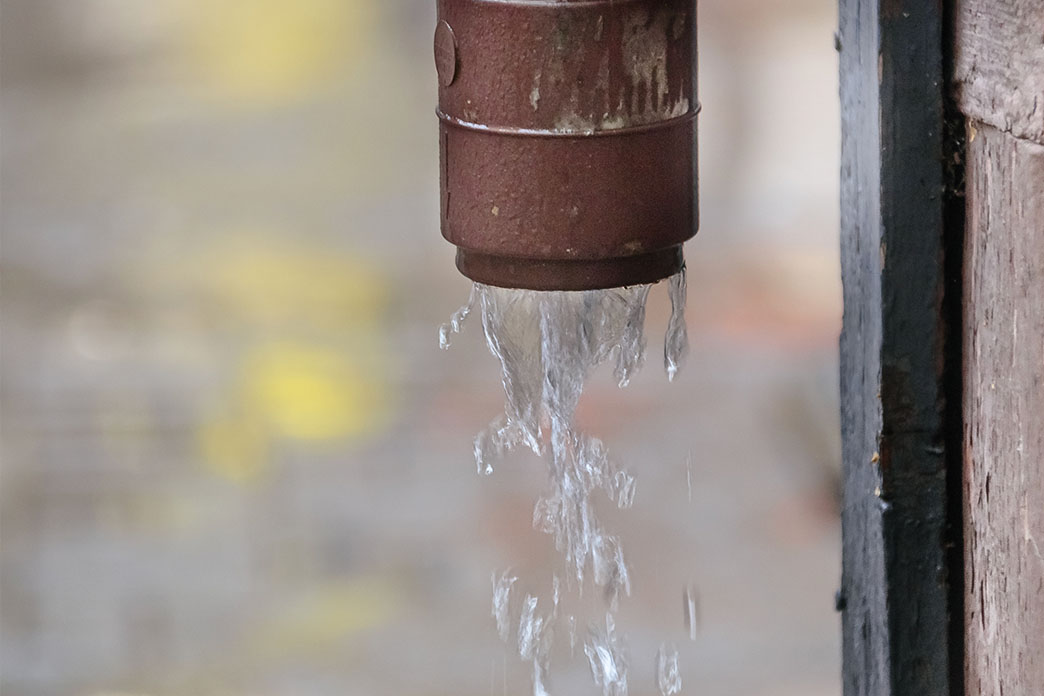
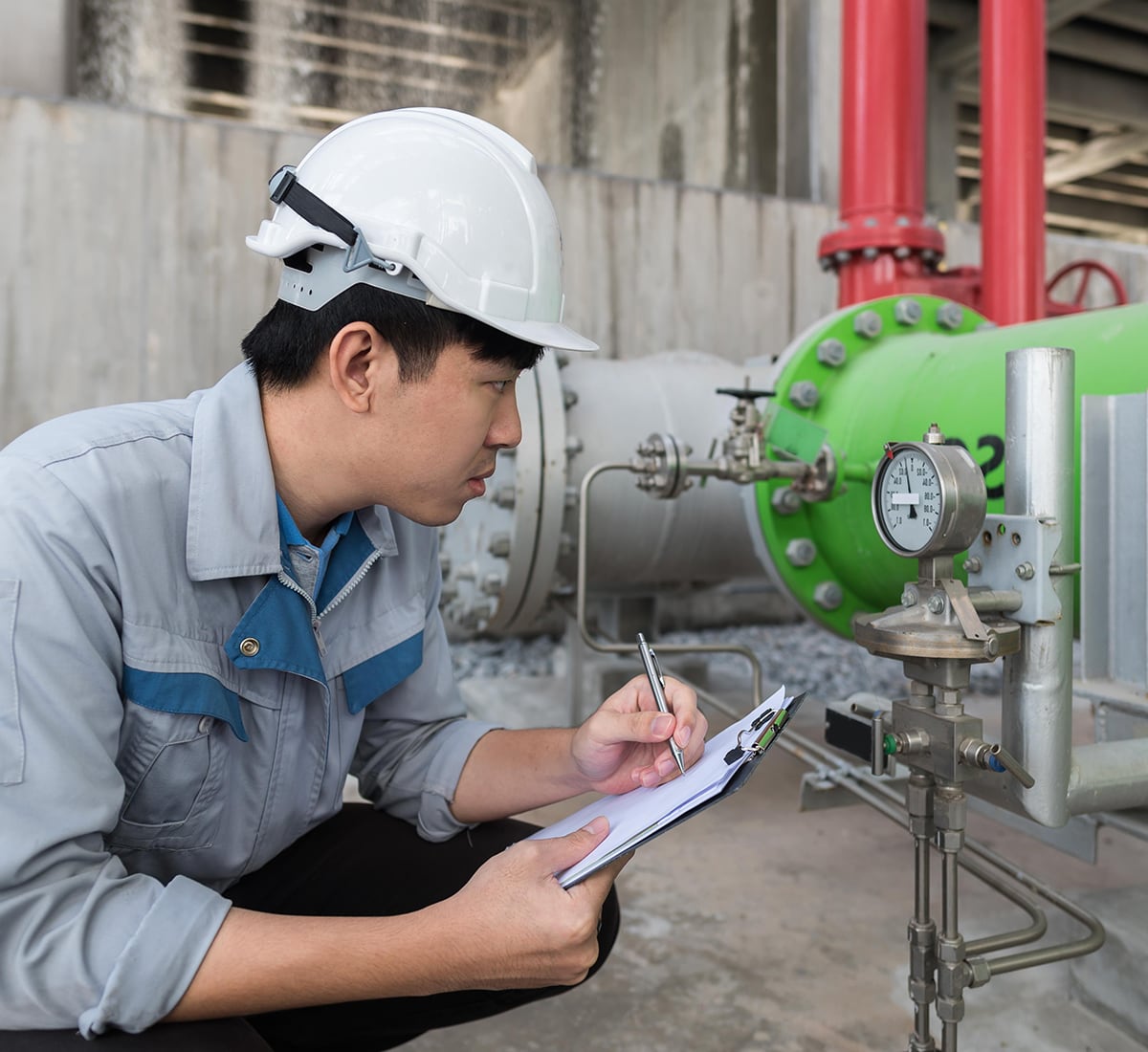
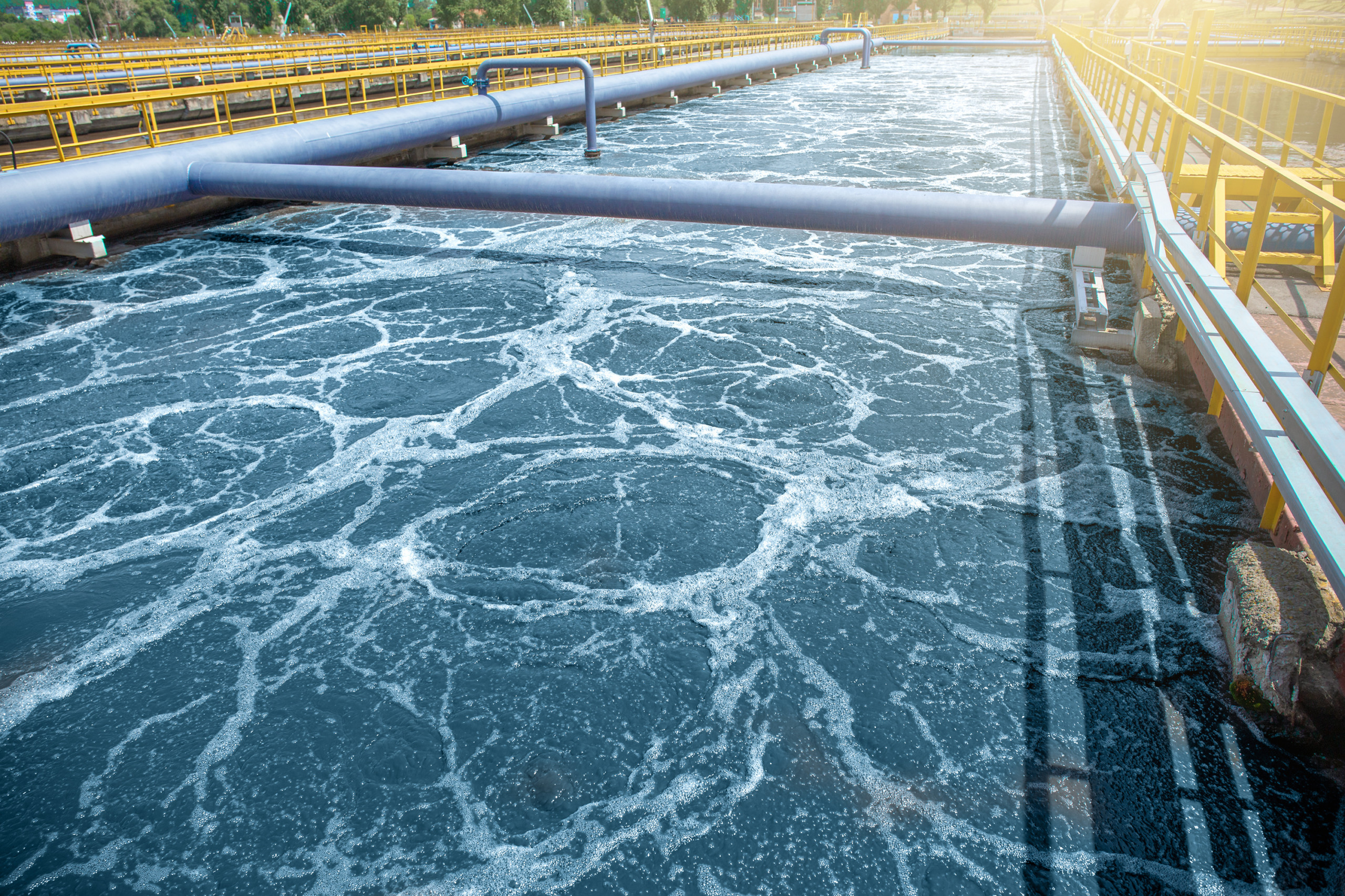
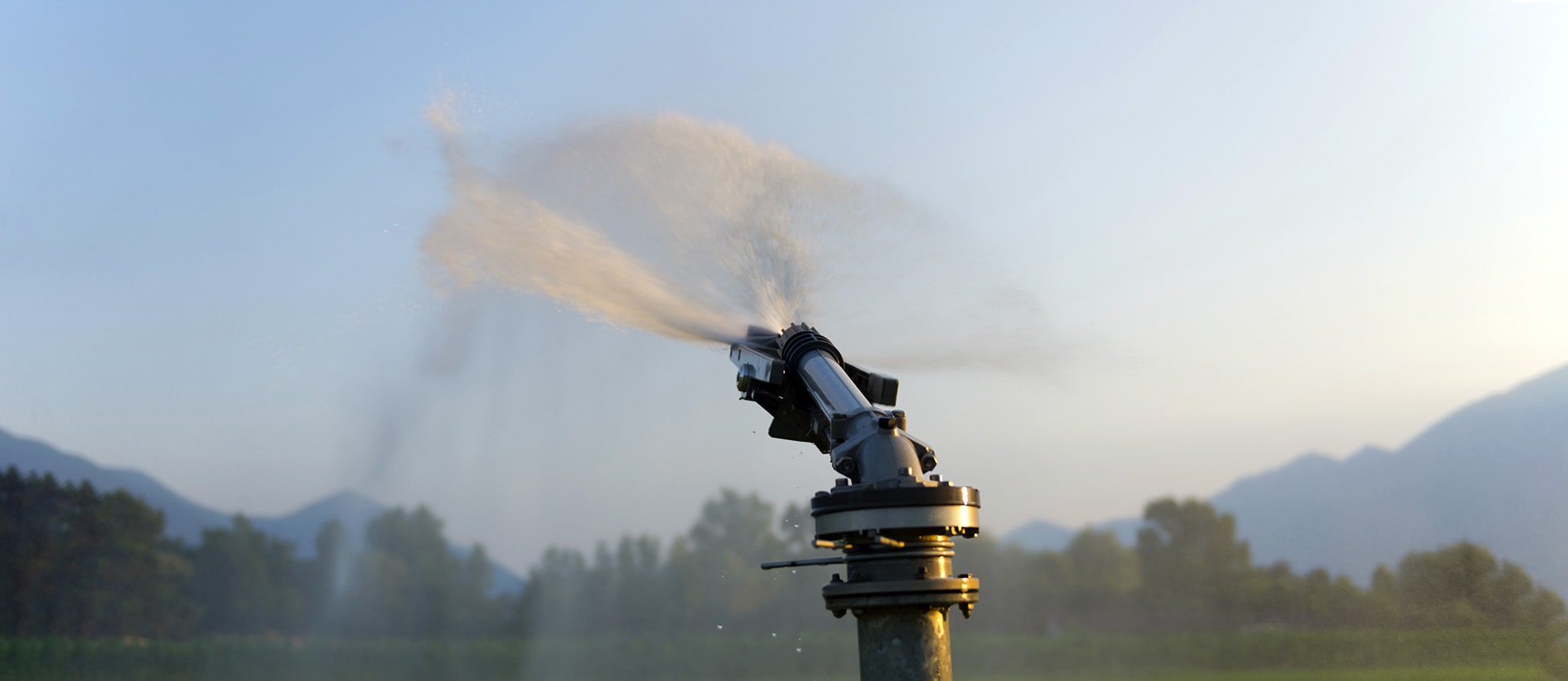
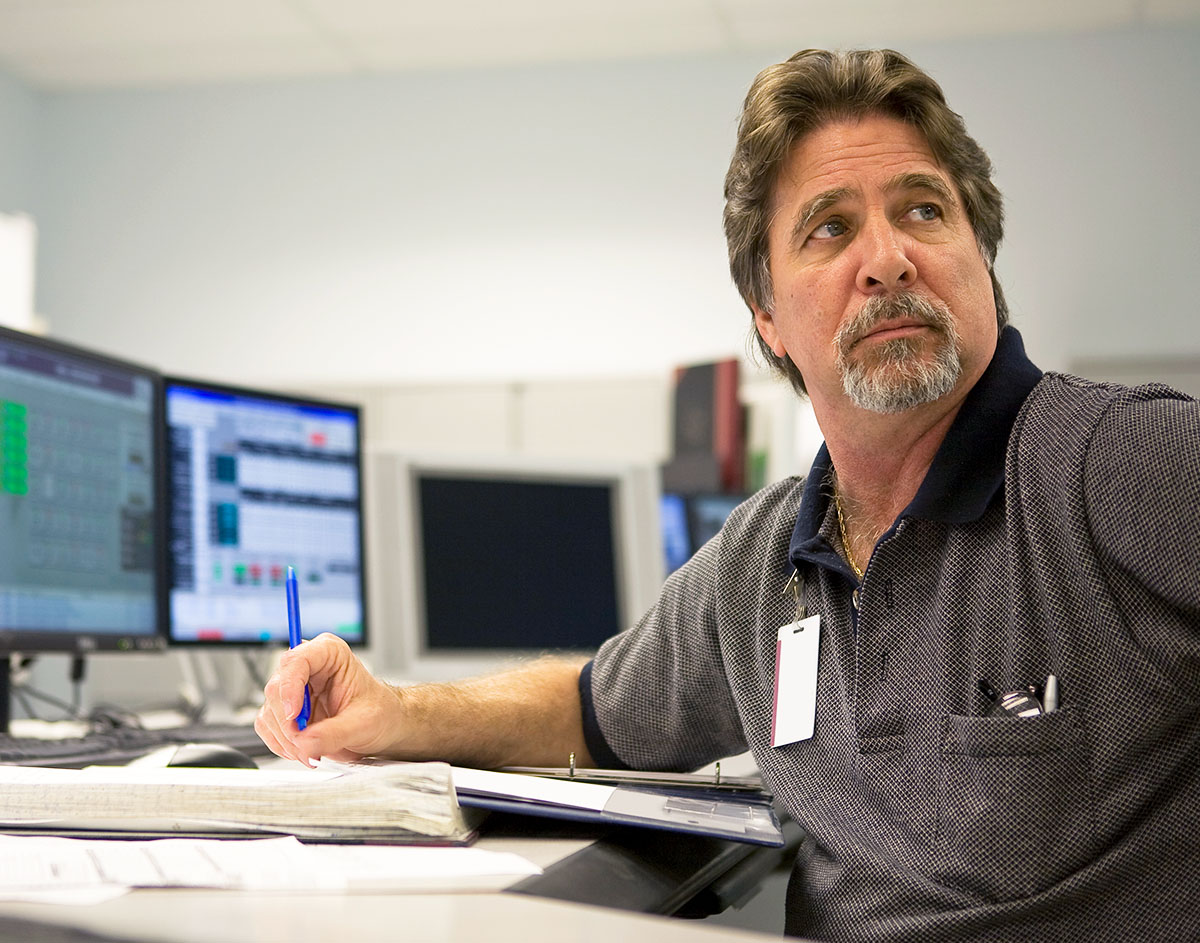

Share this case study